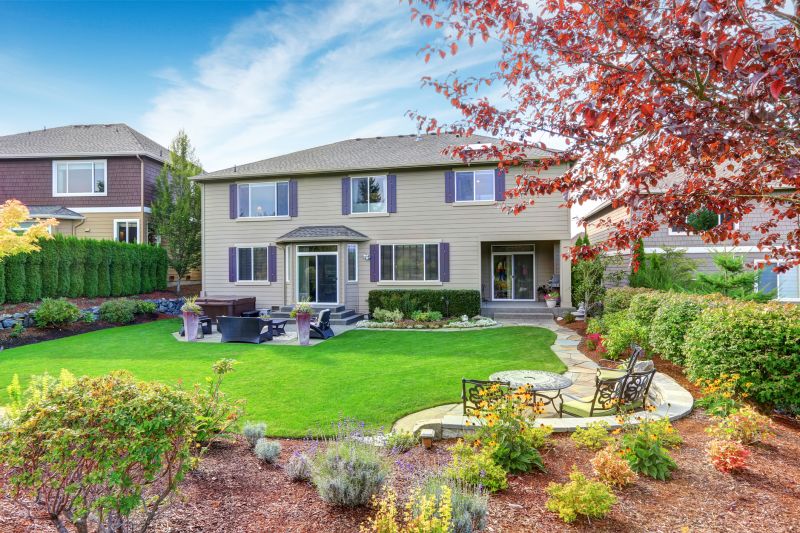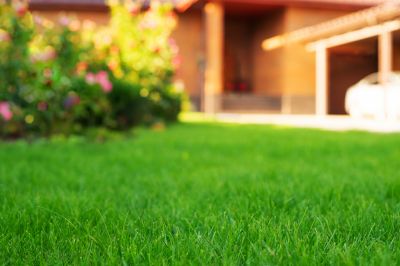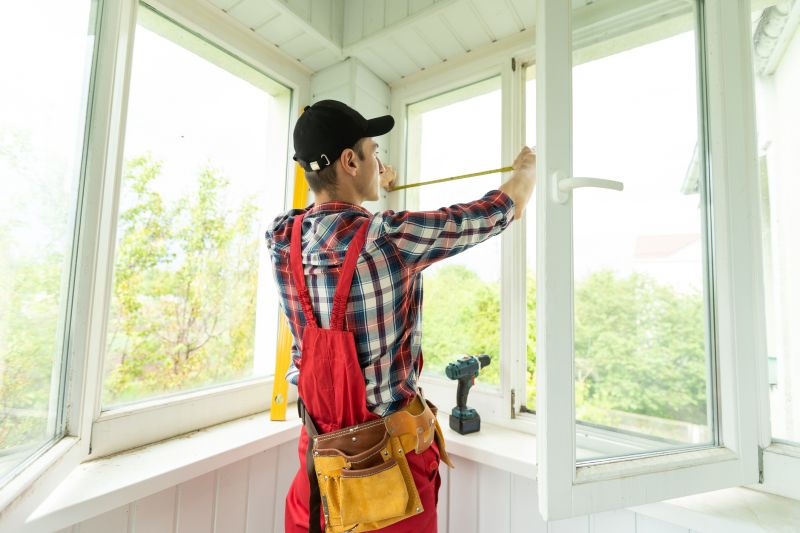Optimal Seasons for Landscaping Projects
Landscaping projects are most effective when scheduled during specific times of the year to ensure optimal growth, durability, and aesthetic appeal. The timing depends on climate conditions, plant types, and project scope, making it essential to choose the right season for installation and maintenance.
Spring is ideal for planting new landscapes as soil warms and plants establish before the heat of summer.
Summer can be suitable for certain projects, especially if irrigation systems are in place to support plant growth in warmer weather.
Fall offers cooler temperatures and increased rainfall, making it a good time for planting and completing landscape enhancements.
Winter is generally less favorable for planting but can be suitable for planning and designing projects to be executed in the upcoming seasons.

Ways to make Landscapings work in tight or awkward layouts.

Popular materials for Landscapings and why they hold up over time.

Simple add-ons that improve Landscapings without blowing the budget.
Landscapings enhance the visual appeal and functionality of outdoor spaces. Properly timed projects can improve plant survival rates, reduce maintenance costs, and increase property value. According to industry data, landscaping can increase property value by up to 12 percent, with seasonal timing playing a key role in project success.
Optimal landscaping outcomes depend on understanding local climate patterns and selecting appropriate plants and materials. For example, in San Ramon, CA, spring and fall are considered prime seasons for planting due to moderate temperatures and favorable soil conditions. Proper planning during these periods can lead to healthier, more sustainable landscapes.

High-end options that actually feel worth it for Landscapings.

Finishes and colors that play nicely with Landscapings.

Little measurements that prevent headaches on Landscapings day.

A 60-second routine that keeps Landscapings looking new.
| Season | Best Uses |
|---|---|
| Spring | Planting new beds, installing sod, and establishing trees. |
| Summer | Maintaining existing landscapes, irrigation, and pruning. |
| Fall | Planting bulbs, preparing soil, and installing new features. |
| Winter | Design planning, site assessment, and preparation for spring. |
Choosing the right time for landscaping projects can lead to healthier plants, reduced costs, and longer-lasting results. Consulting with local landscape professionals can help determine the most suitable season based on specific project goals and regional climate conditions.



